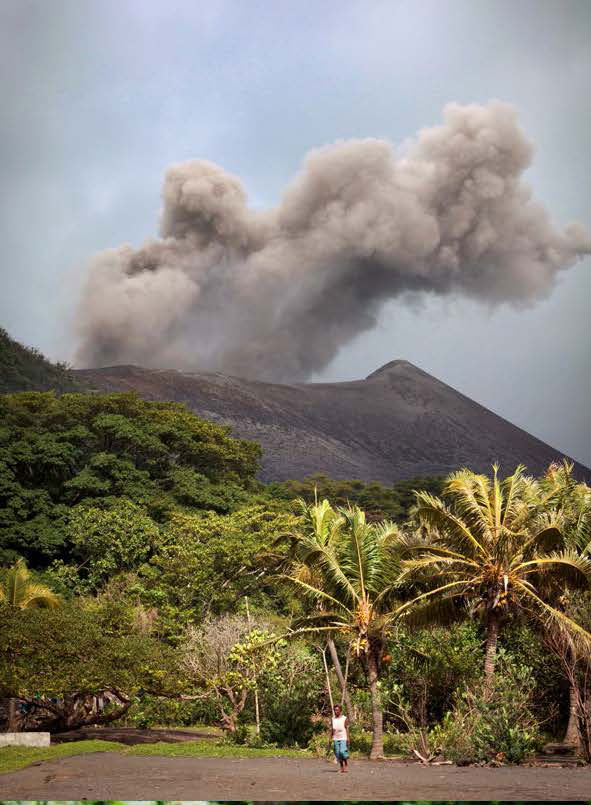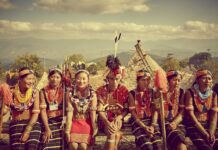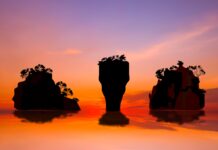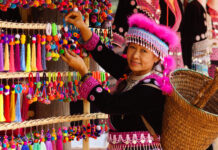Text and Photos by MAGDA BISKUP
THE PICKUP TRUCK was slowly climbing up the steep and unusually bumpy dirt road. I was squeezed between my backpack, a box of groceries the driver picked up on the way, and a local man. We had been on the road for almost an hour and the first glimpse of Yasur was getting closer by the minute. A few potholes later, we reached the top of the hill and the car suddenly stopped.
For the next half hour, we were driving down the hill, getting dangerously close to the volcano, which by then didn’t seem so innocent anymore. The car turned off the main road and followed the narrow lane disappearing into the ash plain surrounding the mountain. I heard another explosion – this time, just above my head – and I got seriously scared.
For a moment, I thought we had broken down. I turned around to see what was going on and that was when I saw it. It was far below us, sitting in the middle of the ash desert and it looked disappointingly small. I knew it was only 361 metres high, but the fame of being one of the world’s most accessible active volcanoes made me believe that it would be a little mightier. Suddenly, the sky exploded with a thunder-like sound and the volcano expelled a thick and very dark cloud of ash. I immediately changed my mind about Vanuatu’s fiery peak and understood why local people respected this mountain so much.
Earlier that day, I was sitting on a small plane taking me from Port Vila, the capital, to Tanna, the country’s sixth largest and one of the most traditional islands. The plan for my five-day stay wasn’t complicated: I wanted to experience one of the most authentic and unspoiled cultures of the South Pacific. Cocktails by the poolside and romantic walks on the white sand beaches were out of the question, partly because Tanna doesn’t have too many of those, but mostly because they seemed like a waste of time in this extraordinary place.
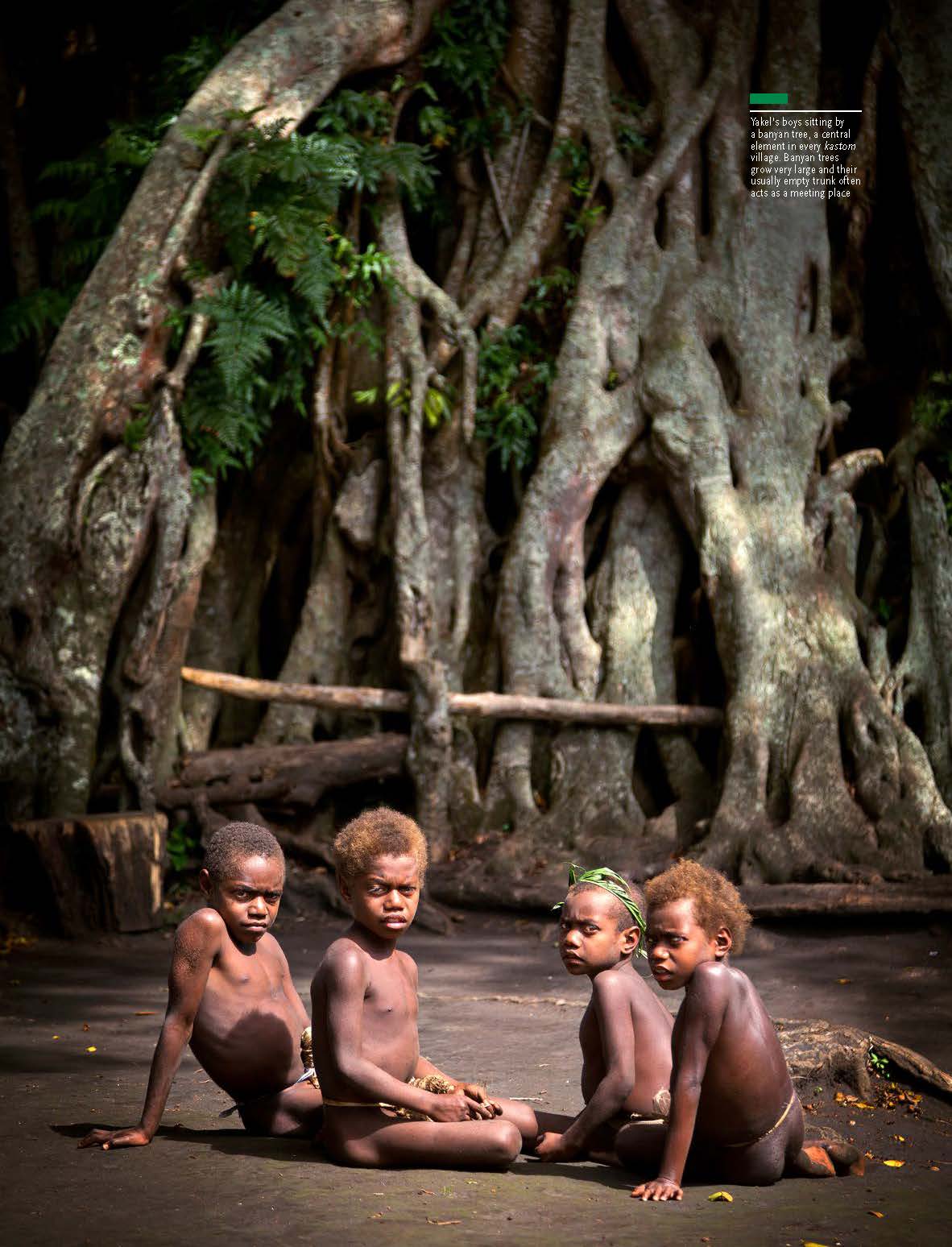
I spent my first night on Tanna in a small wooden hut a couple of kilometres from the volcano. By the next morning, I was used to Yasur’s never-ending explosions. I decided to go “walkabout” and two hours later found myself in a large village in Sulphur Bay on the other side of the ash desert. The place could have easily been taken for a typical Pacific village if it hadn’t been for the American flag waving at the top of a pole positioned in the middle of the village.
“John Frum,” said the village chief, pointing at the flag. He didn’t speak any English and my knowledge of Bislama was limited to “thank you” (tank yu) and “hello” (alo), but I knew what he meant. The John Frum movement is one of a few so-called “cargo cults” in the Pacific region, and quite possibly the most intriguing religion of modern times.
The cult exploded into popularity in the 1940s when the American army was stationed in what was then known as New Hebrides, and brought huge amounts of supplies with them – hence the cargo in “cargo cult”. Most Ni-Vanuatu had never seen so many goods, which sparked the belief that John Frum – or “John from America” – possessed divine powers. Today, there are still over 10,000 John Frum devotees on Tanna, believing that John will return one day with an abundance of goods for those who believe in him.
For the rest of this article (Asian Geographic Issue 3/2013 No. 96) and other stories, check out our past issues here or download digital copy here.



